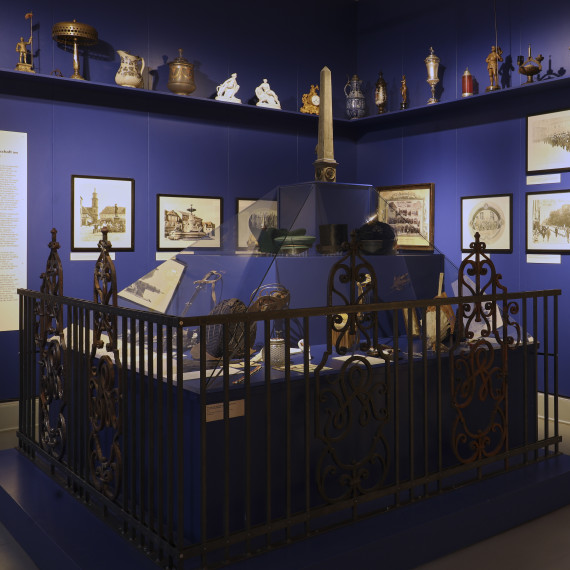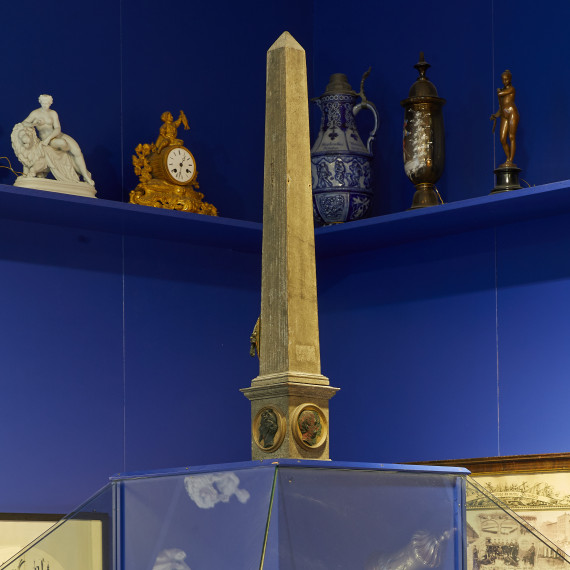Urban Society During the German Empire

With the decline during the Napoleonic Wars of the formerly Huguenot export industries that depended on European trade, and due to a general crisis affecting the old artisanal crafts, Erlangen became a 'sleeping beauty' during the pre-revolutionary 1830s and 1840s. The construction of the Ludwigskanal ('King Ludwig's Canal', aiming to connect the Danube and Main rivers), the railway, and the Kreisirrenanstalt ('District Lunatic Asylum') only provided work and sustenance for hundreds of unemployed for a few years.
Only during the 1860s did an industrial boom – led by export breweries – change the small-town atmosphere of this university town and administrative centre. Its expansion into a garrison town (from 1868) and the continuous modernisation of the university (from 1858) increased the influx of new inhabitants. People from the surrounding agrarian, mostly Catholic areas also moved into the town, as well as the first Jews.

This urban society was dominated by the wealthy and the educated, who set the agenda in the Magistrate (consisting of the mayor and office bearers) and the college of municipal representatives (elected council members). Connected to them at the same level of society were the officers of the infantry and artillery barracks, as well as the student body. In contrast, an increasingly confident workers' movement developed from 1870/90 onwards, which put its solidarity principle and its struggle for social justice into practice through civil society organisations such as the SPD (Social Democratic Party) and the free unions, and later also by founding sports and choir associations, as well as food cooperatives and building societies.
The social divide between the royalist and empire-conformist bourgeoisie and the working class can still be discerned in the city today: the grand apartment buildings and family villas in Bismarckstraße, Hindenburgstraße, Fichtestraße, and Schillerstraße stand in contrast to the lower-class districts along Stubenlohstraße, Waldstraße, and Feldstraße. Since the turn of the 20th century, more and more women from the middle classes and the workers' movement joined the active struggle to achieve the aims of the German women's movement: equal political rights and access to all educational institutions. Since women in the Kingdom of Bavaria who had obtained the Abitur (baccalaureate, the secondary school certificate qualifying for tertiary study) were able to enter university from the winter semester of 1903/04 onwards, the University of Erlangen, too, became unimaginable without its female students. All women, however, continued to be denied the right to vote until the end of the First World War.
< Previous chapter | Next chapter >
